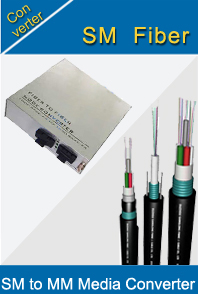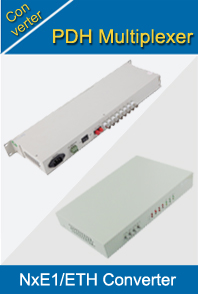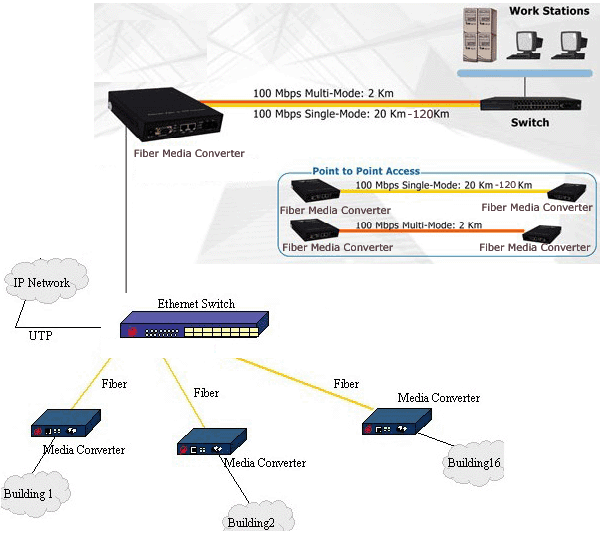-

- Sopto Home
-

- Special Topic
-

- Converter Knowledge
-

- Why Protocol Converter Is Helpful?
Converter Knowledge
- Form Factors and Application of Ethernet Media Converter
- Ethernet over 4 E1 Converter Brief Introduction
- What is the Difference between RS232 and RS485 Serial Interfaces
- What is the Difference between RS232 and RS485 Serial Interfaces
- How to Convert an Analog Telephone to VoIP Protocol?
- How to Find the Internet Protocol Address and Media Access Contr
- How to Convert from Fast Ethernet to Fiber Optics?
- How to Connect a Fiber Converter?
- How to Convert Ethernet to Fiber Media Converters?
SOPTO Special Topic
Certificate



Guarantee
Except products belongs to Bargain Shop section, all products are warranted by SOPTO only to purchasers for resale or for use in business or original equipment manufacturer, against defects in workmanship or materials under normal use (consumables, normal tear and wear excluded) for one year after date of purchase from SOPTO, unless otherwise stated...
Return Policies
Defective products will be accepted for exchange, at our discretion, within 14 days from receipt. Buyer might be requested to return the defective products to SOPTO for verification or authorized service location, as SOPTO designated, shipping costs prepaid. .....
Applications
An Ethernet to Fiber Media Converter can also be used where there is high level of electromagnetic interference or EMI which is a common phenomenon found in industrial plants. This interference can cause corruption of data over copper-based ethernet links. Data transmitted over fiber optic cable however is completely immune to this type of noise. An Ethernet to Fiber Optic Converter therefore enables you to inter-connect your copper-ethernet devices over fiber ensuring optimal data transmission across the plant floor.
SOPTO Products
- Fiber Optic Transceiver Module
- High Speed Cable
- Fiber Optical Cable
- Fiber Optical Patch Cords
- Splitter CWDM DWDM
- PON Solution
- FTTH Box ODF Closure
- PCI-E Network Card
- Network Cables
- Fiber Optical Adapter
- Fiber Optical Attenuator
- Fiber Media Converter
- PDH Multiplexers
- Protocol Converter
- Digital Video Multiplexer
- Fiber Optical Tools
- Compatible
Related Products
Performance Feature
Converter Knowledge
Recommended


Why Protocol Converter Is Helpful?
A protocol converter usually is helpful, but there may be some penalties for using this device. The main function or role of protocol converters is to exchange the data with numerous SCADA System parts with the help of different message timings and formats. However, the best part about these converters is that they retain the most essential and basic data or content when it passes from one communication channels to other.
The most attractive benefit of the protocol converter is that the users can carry out the networking and serial communication without even bothering about the programming performed at the hardware level. Without the need of any additional programming for the end user, the protocol converter manages well to transmit the transparent data along the channel which connects a combination of two communication ports.

FE1 to V.35 Converter and Router
Another key feature of the protocol converter is that of being a programmable driver. The protocol converters have the capacity to support the Modbus ASCII, Modbus RTU, Modbus TCP and the RFC-2217, E1, Ethernet, V.35, RS-232 and beyond. There are protocol converters that even allow great solution developers the ability to add the proprietary applications and protocols.
Typical types of protocol converters include E1 to Ethernet, V35 to Ethernet and E1 to V35. They have different speeds and data rates, and some are innately slower than others. They are used in different fiber optic network fields like Power Generation, Transmission & Distribution, Oil & Gas, and Automaton, Utilities, AMR, and Remote Monitoring applications.
Related Knowledge:
Features of Protocol Converter
Remote Ethernet Media Converter
Significance of Using Fiber Media Converter
How to select and purchase fiber media converter?




